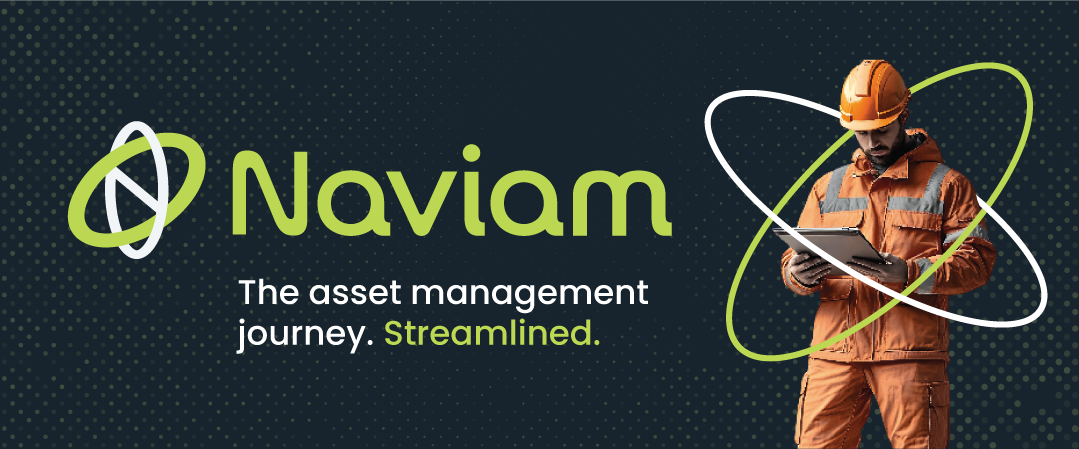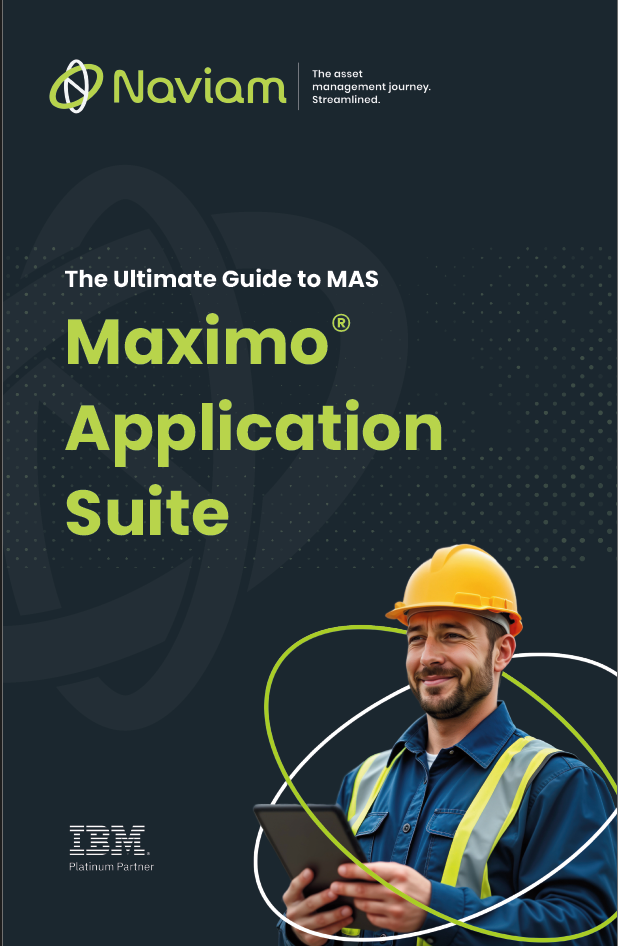
Resources
IBM Maximo on AWS: Choosing the Right AWS Offering
Erin Pierce
July 2, 2025


Modernizing enterprise asset management (EAM) is critical for organizations striving to improve asset performance, reduce downtime, and stay competitive. Deploying Maximo Application Suite (MAS) on Amazon Web Services (AWS) provides the scalability, reliability, and cost-efficiency needed for this transformation.
Deploying MAS on AWS means organizations can take advantage of flexible infrastructure and cloud-native features without the burden of managing on-premises hardware. AWS’s secure, resilient, and globally available services create the perfect foundation for modernizing Maximo.
Some compelling benefits include:
These advantages allow organizations to focus on optimizing asset performance instead of maintaining hardware or worrying about outages.
Depending on your organization’s needs, there are three main ways to deploy MAS on AWS. Each option provides different levels of flexibility and control.
This fully managed solution lets you consume MAS as a Software-as-a-Service. Naviam’s team can handle infrastructure, updates, and maintenance. Organizations benefit from:
If your organization already owns Maximo licenses, BYOL allows you to deploy MAS on AWS using your existing entitlements. This model gives you:
For non-production uses like development or pilot projects, deploying MAS on a Single Node OpenShift cluster on AWS provides a cost-effective environment. While it’s not recommended for critical workloads, SNO helps teams experiment and train staff without large investments.
By aligning your needs with one of these deployment models, you can optimize cost, performance, and maintenance responsibilities.
When selecting a deployment model for Maximo Application Suite (MAS) on AWS, understanding the level of access provided is crucial. Access levels can significantly impact your organization's ability to customize, manage, and troubleshoot the MAS environment. Here's a breakdown of the typical access levels associated with each deployment model.

In this model, Naviam manages the entire MAS environment, including the underlying infrastructure. Users have access to MAS applications and administrative functions within the suite. However, access to the underlying OpenShift cluster, detailed logs, and databases is restricted. This model is ideal for organizations that prefer a hands-off approach to infrastructure management.
Similar to the SaaS model, Naviam manages the MAS environment, but it's dedicated to a single customer. This provides enhanced security and isolation. Users have administrative access to MAS applications but still lack access to the underlying OpenShift cluster and databases. Log access may be more comprehensive than in the SaaS model but remains limited.
This model offers the highest level of control. Organizations manage the MAS environment deployed on Red Hat OpenShift Service on AWS (ROSA). Users have full administrative access to MAS applications, the OpenShift cluster, logs, and databases. This model is suitable for organizations that require extensive customization and control over their MAS environment.
Understanding these access levels can help your organization choose the deployment model that best aligns with your operational needs and compliance requirements.
When deploying MAS on AWS, organizations have several models to choose from, each offering varying degrees of control, customization, and operational responsibility:
This fully managed service provides:
Ideal for organizations seeking a hands-off approach, choosing this model allows teams to focus on core business functions while Naviam handles the underlying infrastructure.
This option offers:
Suitable for organizations requiring a balance between control and managed services, this model provides a dedicated environment within AWS.
This model empowers organizations with:
While offering maximum flexibility, this option requires a higher level of operational responsibility, including managing the MAS application on the ROSA platform.
Before diving into deployment, careful planning is essential. For instance, understanding infrastructure requirements ensures you allocate sufficient compute and storage resources. Determining whether SaaS or BYOL best matches your licensing strategy avoids surprises later on.
You should also evaluate:
A thoughtful approach helps avoid delays, budget overruns, or incompatibilities during rollout.
To streamline the deployment and management of MAS on AWS, organizations can utilize automation tools such as Red Hat Ansible Automation Platform. This platform offers:
By incorporating automation into the deployment strategy, organizations can reduce manual errors, accelerate time-to-value, and ensure consistent configurations across environments.
Deploying Maximo Application Suite on AWS is a powerful way to modernize your EAM system. By understanding your deployment options, carefully planning integrations and compliance, and leveraging AWS’s reliable cloud infrastructure, your organization can achieve scalable, secure, and efficient asset management.
However, successful deployment often requires more than technology — it demands expert guidance. Naviam’s managed services offer the specialized support you need to deploy, optimize, and maintain MAS on AWS with confidence.
Ready to modernize your asset management? Explore how Naviam can help today!
Discover everything you need to know to modernize your asset management strategy.
Inside, you’ll learn:


ActiveG, BPD Zenith, EAM Swiss, InterPro Solutions, Lexco, Peacock Engineering, Projetech, Sharptree, and ZNAPZ have united under one brand: Naviam.
You’ll be redirected to the most relevant page at Naviam.io in a few seconds — or you can
go now.